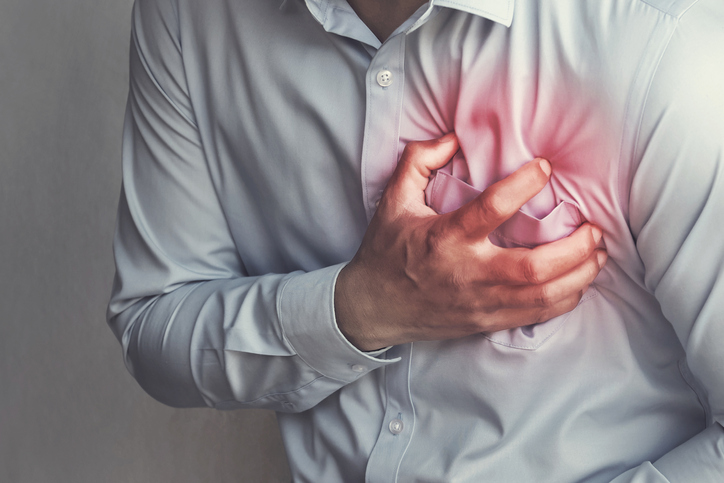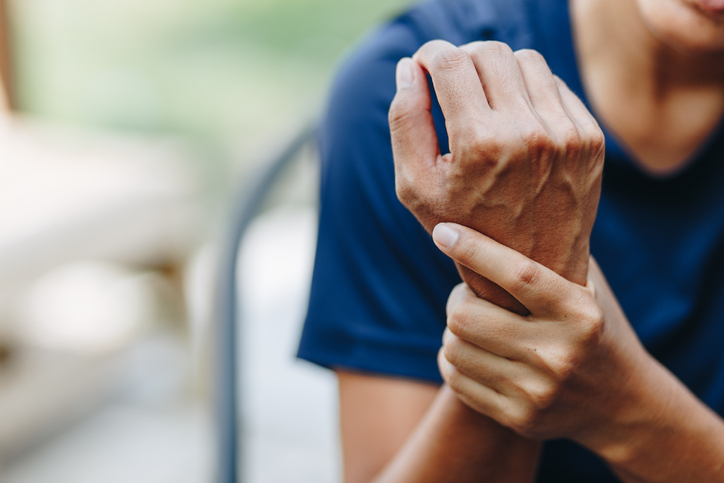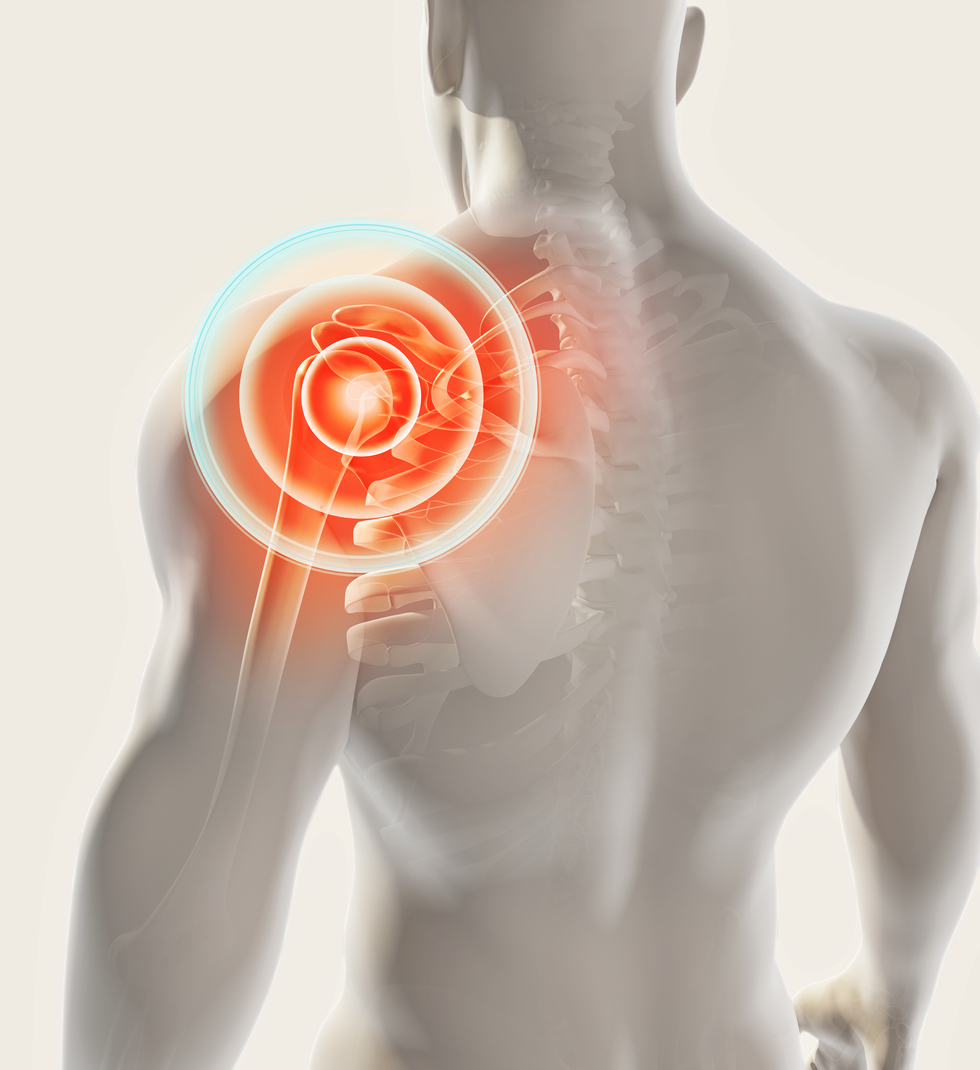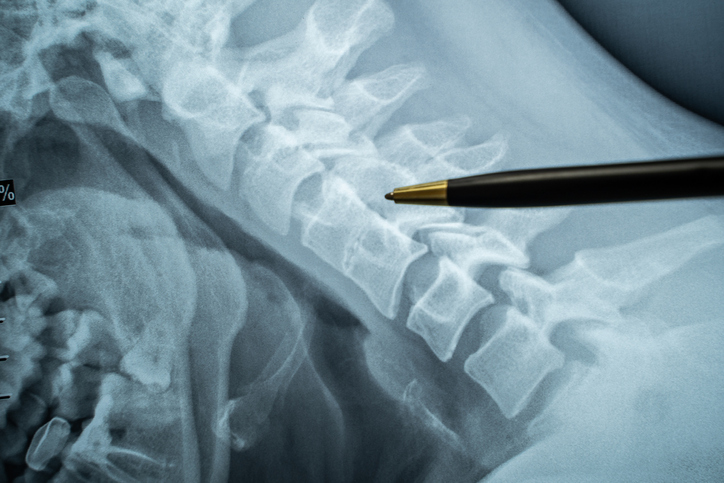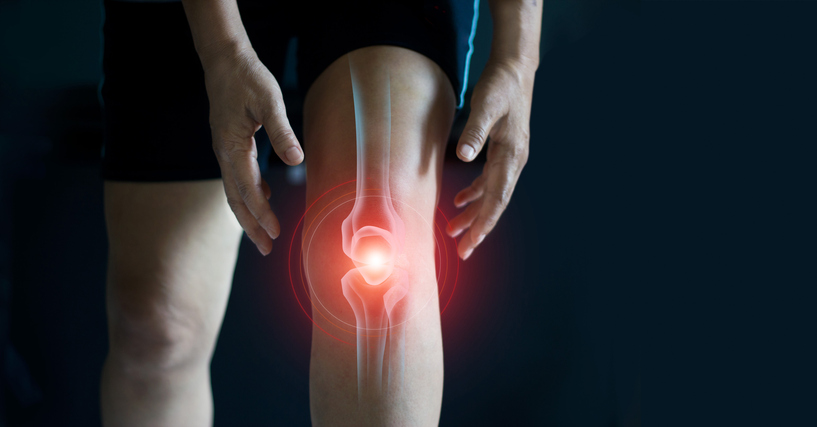Pain
Chronic Pain Facts
Source: Johns Hopkins Medicine, WebMD, Ontario Government, British Columbia Government, Cleveland Clinic, Government of Canada

153 people found this helpful
Print
Share
Save
Pain is a signal from the central nervous system indicating that something is wrong. Chronic pain is pain that lasts for three months or longer. It may be constant or intermittent, and can last for years or indefinitely. It may be the result of an injury or be idiopathic, meaning there is no identifiable cause. Chronic pain can also develop after a full recovery from an injury or disease.
Facts about chronic pain include, but are not limited to, the following:
- Chronic pain can cause anxiety, depression and stress. The inability to sustain a normal lifestyle can result in emotional and social distress, which heightens pain levels.
- Prolonged best rest can worsen pain by leading to deconditioning of the muscles. Weak muscles can reduce mobility and cause increased pain.
- Physical activity is beneficial to chronic pain. Lack of movement and physical activity can actually make chronic pain worse due to increased joint stiffness and muscle deconditioning. Physical activity not only keeps the body moving, but it also stimulates the release of feel-good hormones, such as endorphins and serotonin, which help reduce the perception of pain.
- Chronic pain can be the result of injuries, diseases and illnesses. However, it may occur with no past injury or illness. It may also be caused by psychological factors, such as stress, anxiety and depression.
- If pain is severe, worsens, or lasts longer than a few days, a health care professional should be consulted. Early treatment is essential in reducing chronic pain symptoms.
- In Canada, chronic pain clinic fees may be covered by OHIP, Ontario's health care plan. However, a referral is needed by a health care professional.
- Chronic pain may be influenced by biology, social factors, emotional circumstances, psychology, and spiritual elements. This includes genetics, social support, coping mechanisms, beliefs, etc.
- Pain relievers that are taken exactly as prescribed rarely lead to addiction issues. Dosage or frequency should never be increased without the direction of a health care professional.
- Losing at least ten pounds can reduce pain that is caused by pressure. This is especially true if pain is present in the joints or back area.
- When pain interferes with normal activities, insomnia, irritability and depression often develop. This can lead to a vicious cycle in which increased pain levels worsen anxiety, depression and insomnia, which leads to more frequent or severe pain.
- Weather can affect pain levels. The changes in barometric pressure can cause joint pain to increase. Cold weather leads to decreased circulation, which may increase pain.








